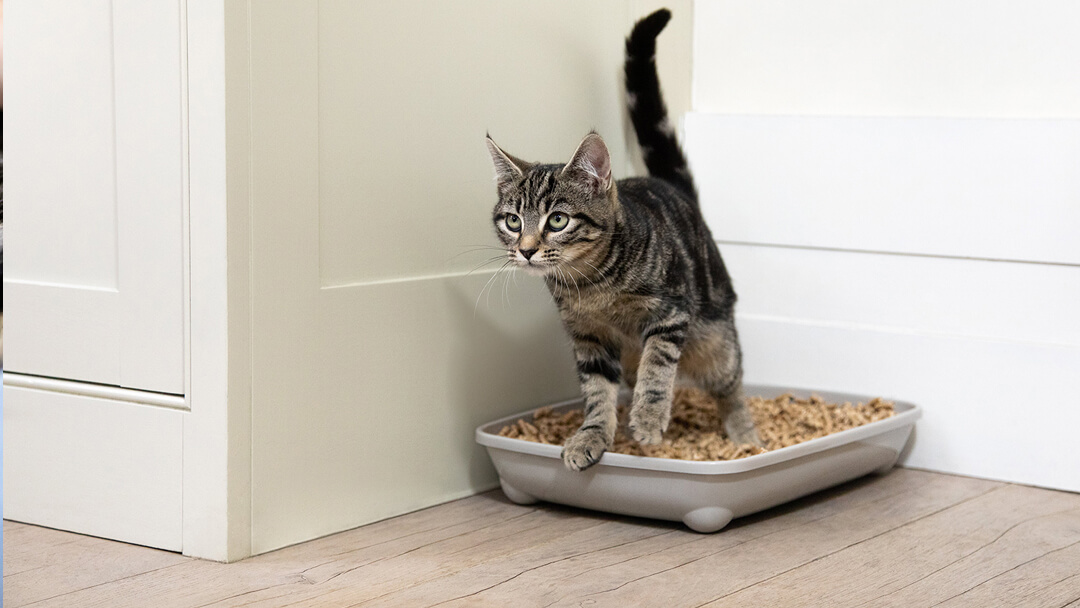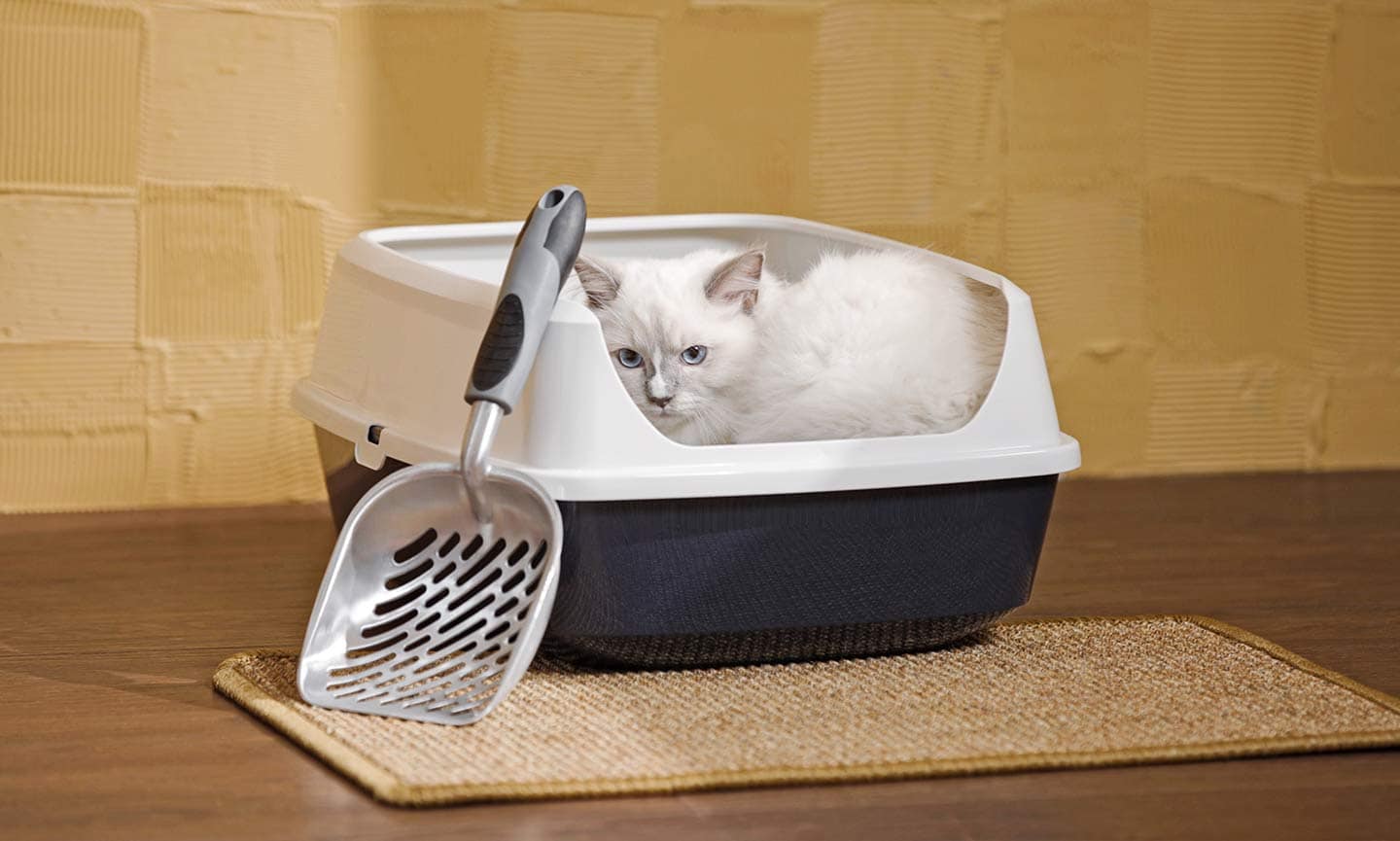Successfully Litter Training Cats
Providing The Right Environment
There are a few key things to set up to give your cat the best chance of success with litter training. First, choose an appropriate litter box - look for ones that are large enough for your cat to comfortably turn around in but not so big they don’t associate one area with going. Place the litter box in a quiet, low-traffic area away from places your cat sleeps or eats. Cats prefer privacy when going so positioning it out of sight can help. Fill the box with unscented clumping litter - these are easy for cats to use and easy for owners to clean.

Gaining Trust Through Positive Reinforcement
When introducing a new cat to litter training, it’s important to gain their trust. Sit with your cat near the litter box and give them treats and praise when they go in it, even if they don’t use it at first. Rewards based training helps cats understand that the litter box leads to good things. Never scold or hit a cat for accidents as that will damage the human-animal bond and make training much harder. Be patient - it can take cats weeks to fully grasp litter habits, so consistency is key during this process.
Using Scents To Guide Natural Instincts
Many cats are instinctively drawn to burying waste with loose substrate like soil or litter. You can use this to your advantage by placing some soiled litter or natural dirt scents in the fresh litter at first. This utilizes your cat’s innate burying behaviors to associate that space with the function. Gradually replace the scented material with clean litter as training progresses. Another option is placing the cat in the litter box after feeding to link that place with relieving themselves.
Stimulating Kittens For Early Success
Kittens as young as 2-3 weeks can begin litter training when taken from their mother. To mimic how she would stimulate them, gently rub a warm, damp washcloth on their genital area after feeding. This triggers their natural response to go. Place them in the litter box afterward and leave some waste material. The kitten will quickly connect that space with relieving itself instinctively. By 4 weeks, most kittens can be fully trained with this method requiring little else but consistency and positive reinforcement.
Dealing With Setbacks Through Patience
Even with the right approach, litter training mishaps will likely happen during initial weeks. The key is not to punish but remain calm, place any accidents in the litter box, and continue regular reinforcement of using the litter box. Over time, with consistency and positive associations, cats understand this is the designated spot. It can help to also clean with an enzyme cleaner to remove all scent marks from mistakes so they aren’t drawn back to those areas. With patience and the four steps above, setbacks should lessen until full training is achieved.
Maintaining Healthy Habits Long Term
Regular scooping is important to keeping the litter box appealing. Once fully trained, most cats will continue using their box for life with proper maintenance. Watch for any changes in behavior that could signal issues like a urinary tract infection prompting accidents again. Proactively addressing any new medical or environmental stressors helps uphold consistent litter habits long term. With the right approach from the beginning, it’s certainly possible to litter train even nervous rescue cats with success stories every day.
